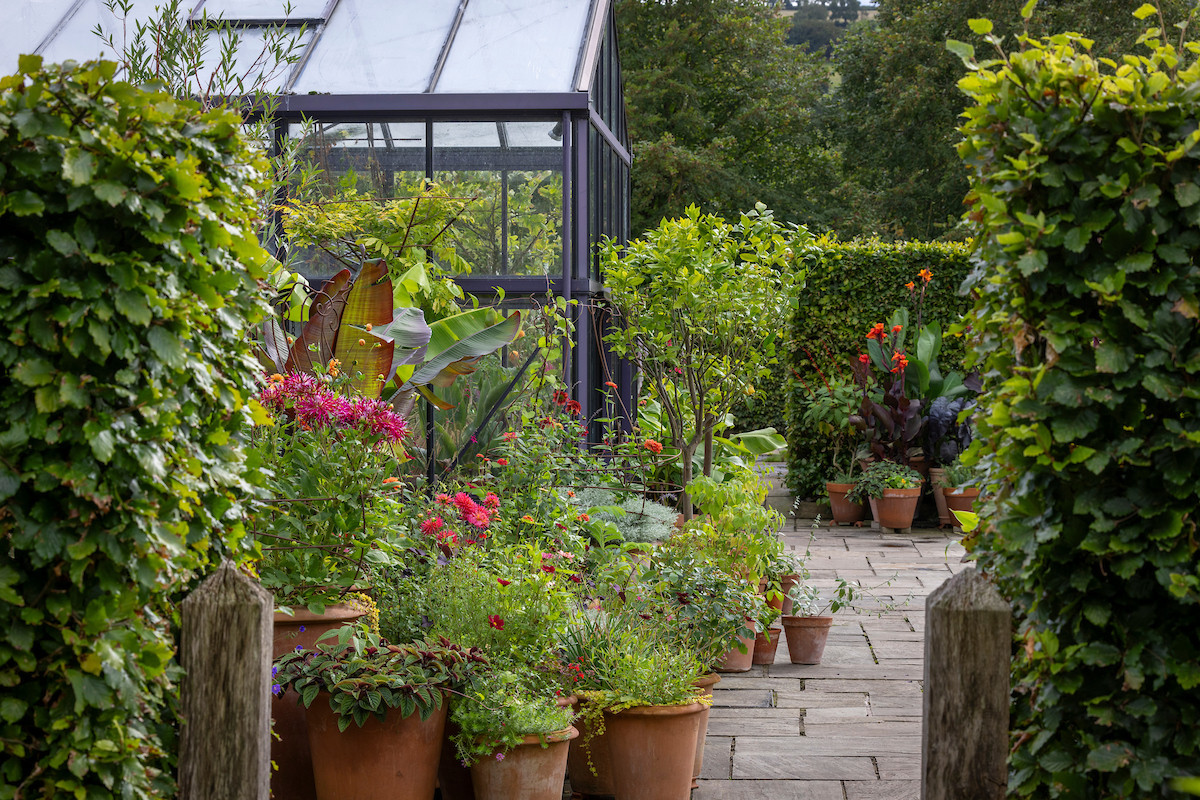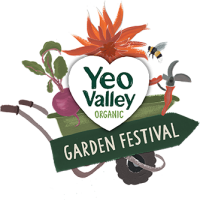How to grow pots of organic food
Emma O’Neill, head gardener at Garden Organic, shares her tips for growing crops in containers

There’s nothing better than homegrown organic produce – and once you’ve tried it, you won’t want to go back. Grow your own tasty food crops and you’ll know exactly where your produce has come from, you’ll have the ability to eat food that’s highly nutritious (without the need for toxic chemicals) and there’s no plastic packaging. Plus, it tastes fantastic!
What can I grow in?
You can be creative with your containers, and if they can hold sufficient growing media and have drainage holes you can grow pretty much anything. Here at Garden Organic, we love to upcycle and have planted up old toilets, cattle feeders, wheelbarrows and tree stumps. So while you’re enjoying your homegrown produce, you can also re-use, recycle and reduce your carbon footprint.
Organic growing starts with the soil. Always use a good peat-free, organic compost or, better yet, make your own (gardenorganic.org.uk/for-peats-sake). Remember that container grown plants will require feeding regularly. We make our own comfrey and nettle feed (gardenorganic.org.uk/comfrey) and once the plants are established, we give containers a weekly dose to ensure healthy growth.
It’s important to do the finger test to check how wet your container is before watering, and we mulch the top of our containers with a layer of organic compost, which aids water retention, increases nutrient content and adds some bulky organic matter.
What to grow?
If you’re new to growing, I’d always recommend starting with something relatively easy and quick growing. And don’t forget to purchase good-quality organic seeds, seed swap with your neighbours, or join our Heritage Seed Library!
At Garden Organic we grow a wide selection of vegetables in containers including beetroot, onions, potatoes, squash, beans, peas, carrots, turnips and kohl rabi.
Radish, lettuce and spinach are brilliant in containers. These are all quick-growing crops, and you can ‘succession sow’ as you harvest to continue cropping throughout the season. All this term means is that as a crop is removed you re-sow and start again. Staggering your sowing means you won’t have a glut.
The only exception for containers is the larger brassicas. They require a lot of space and need to be kept in the container for a long time. However, kale can be a good choice as you can keep removing the leaves throughout the season and allow the plant to continue growing.
For bigger crops such as potatoes and squashes, old bins or trugs (with drilled holes) are a great choice. While vertical veg such as climbing French beans just need a structure of twigs to climb.
Don’t forget the flowers!
We never grow monocrops at Garden Organic. Combining edible plants with flowers and herbs in diverse plantings is a must to attract beneficial insects and birds. We love single-flowered plants as they’re better for pollinators, such as calendula (easy to grow from seed), cosmos (flowers all summer long) or dahlias (huge array of colours).
And don’t be afraid to experiment. If you want to grow beetroot with borage, then do it! Gardening is a learning curve, and your failures are just as important as your successes.


